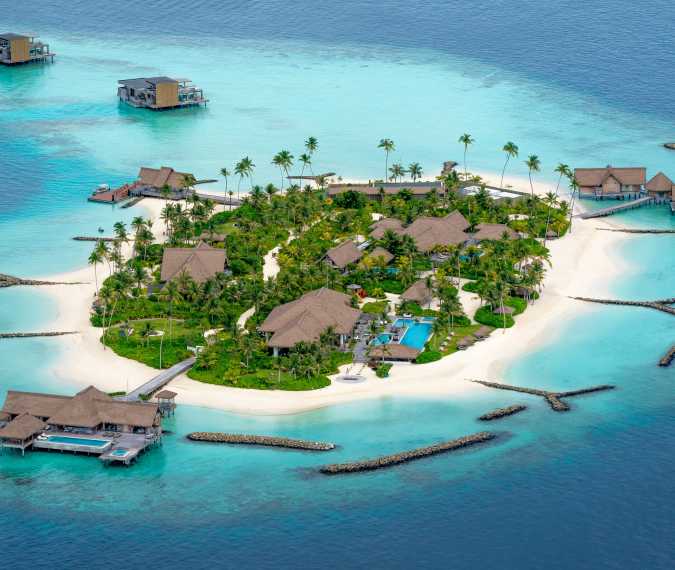
10 Places to See Before They Disappear
As climate change and human intervention continue to reshape our planet, some of the world's most beautiful and unique destinations are at risk of disappearing forever. For the intrepid traveler, these 10 locations offer a glimpse into the Earth's natural beauty and cultural heritage that may not be around for future generations. So pack your bags and visit these incredible places before they're gone!
1. The Great Barrier Reef, Australia
The largest coral reef system in the world, the Great Barrier Reef is home to a diverse array of marine life. However, rising ocean temperatures and coral bleaching threaten its very existence. Plan a snorkeling or diving trip to witness this underwater wonderland before it's too late.
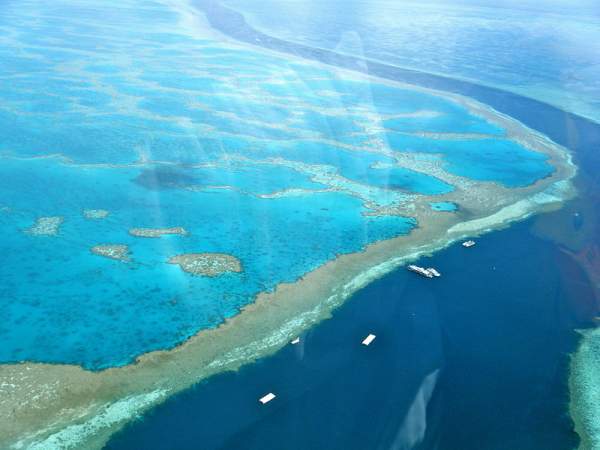
Photo: commons.wikimedia.org/Sarah_Ackerman
2. Venice, Italy
The city of canals and romance, Venice has been sinking for centuries due to rising sea levels. As flooding becomes more frequent, the city's infrastructure and priceless art and architecture are at risk. Don't miss the chance to explore its winding waterways and iconic landmarks.
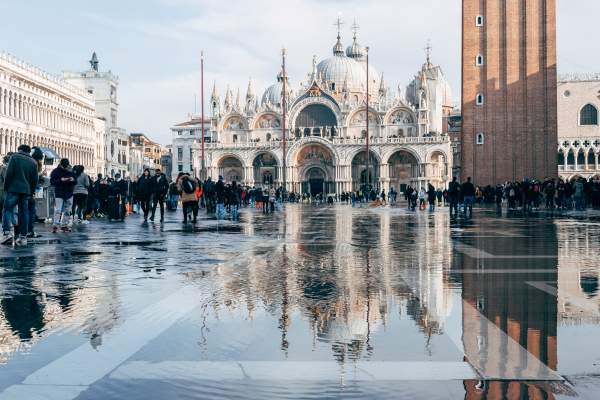
Photo: unsplash.com/ljuba85
3. The Amazon Rainforest, South America
Often called the "lungs of the Earth," the Amazon Rainforest provides a vital habitat for countless species and plays a crucial role in regulating global climate. Deforestation and climate change, however, are causing irreversible damage. Visit responsibly and support ecotourism to help preserve this vital ecosystem.

Photo: unsplash.com/conscious_design
4. The Maldives
This tropical paradise is renowned for its white-sand beaches and crystal-clear waters. Unfortunately, the Maldives is also the lowest-lying country in the world, making it extremely vulnerable to rising sea levels. Experience its beauty while you can, and consider supporting local conservation efforts.
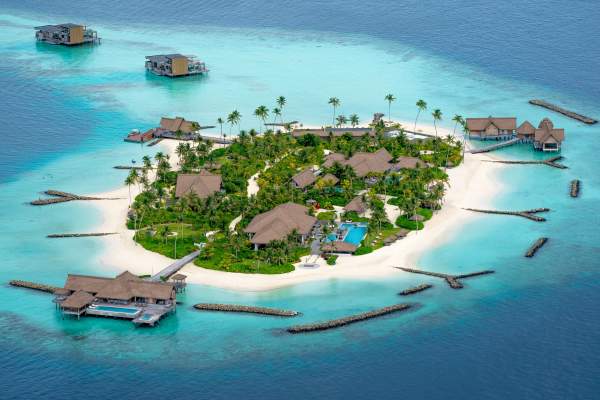
Photo: unsplash.com/masroor_mv
5. Glacier National Park, Montana, USA
With its rugged mountains, pristine lakes, and stunning glaciers, Glacier National Park is a must-visit destination. But due to climate change, its glaciers are melting at an alarming rate. Hike the park's trails and witness the impacts of climate change firsthand.
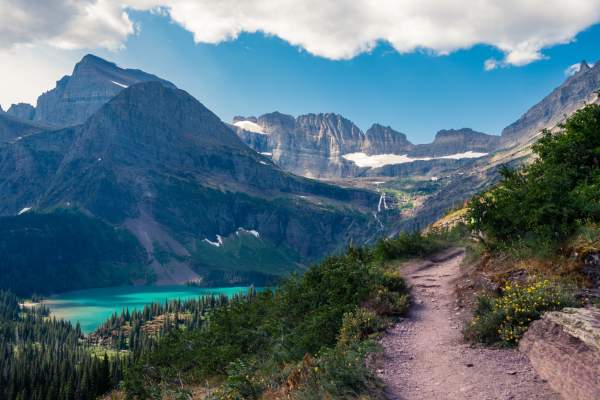
Photo: unsplash.com/colewurlddd
6. The Dead Sea, Israel and Jordan
The Dead Sea, famous for its high salt content and therapeutic mud, is shrinking at an alarming rate due to excessive water extraction from the Jordan River. Plan a trip to float in its buoyant waters and experience its healing properties before they vanish.

Photo: unsplash.com/heftiba
7. Madagascar
Home to some of the world's most unique and endangered wildlife, Madagascar is a biodiversity hotspot. Deforestation and climate change, however, threaten the island's ecosystems and its famous lemurs. Visit responsibly and support local conservation organizations.
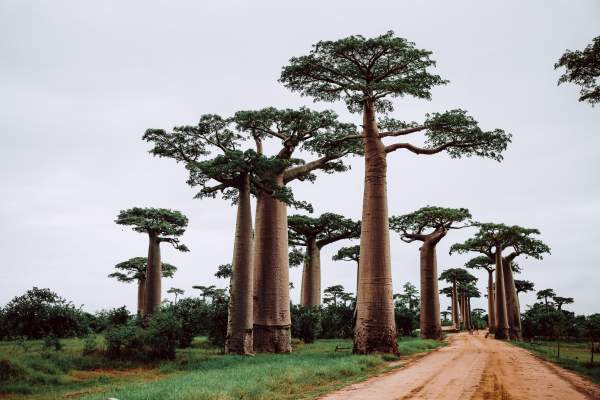
Photo: unsplash.com/graphicnode
8. The Sundarbans, Bangladesh and India
The largest mangrove forest in the world, the Sundarbans is home to the endangered Bengal tiger and numerous other species. Rising sea levels and industrial development are threatening this UNESCO World Heritage site. Explore its natural beauty by boat and support local eco-tourism initiatives.

Photo: unsplash.com/mamunsrizon
9. Antarctica
The frozen continent is experiencing some of the most rapid climate change on Earth, with melting ice sheets causing global sea levels to rise. Embark on an expedition cruise to witness its awe-inspiring landscapes and unique wildlife before they are altered forever.
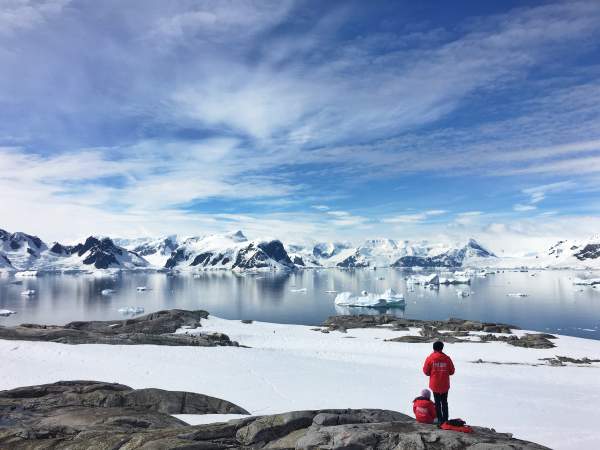
Photo: unsplash.com/cass4504
10. Machu Picchu, Peru
Perched high in the Andes, the ancient Inca city of Machu Picchu is an archaeological treasure. However, erosion and an increasing number of visitors are threatening its stability. Visit this iconic site responsibly and support efforts to preserve it for future generations.
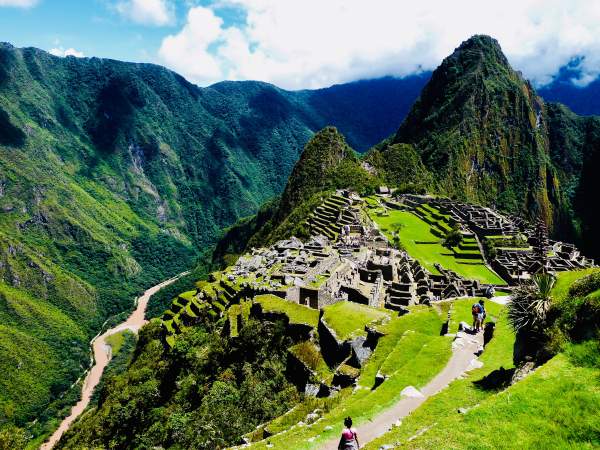
Photo: unsplash.com/rouichi
Our world is changing rapidly, and many of its most stunning and fragile destinations are under threat. Visit these 10 incredible places while you still can, but always remember to travel responsibly, minimize your impact, and support local conservation efforts. By doing so, you can help preserve these wonders for future generations to enjoy.


